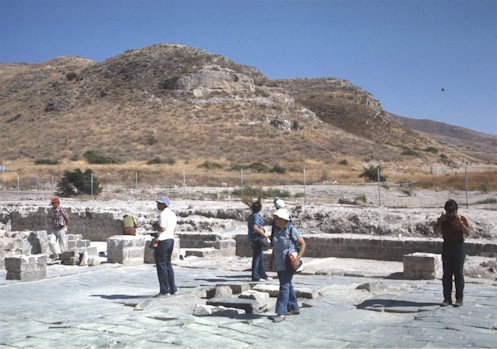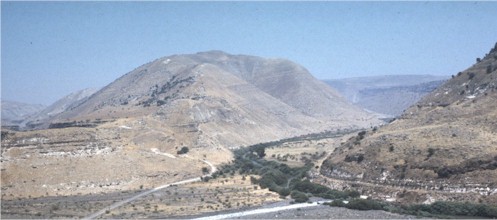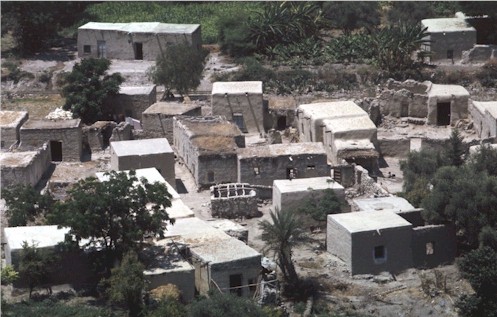

|
ruins of Byzantine monastery
beneath Golan bluffs at el-Kursi |
![]()
|

|
bend in the Yarmuk (green) |
|

|
Arab village at oasis in the Golan |
|
![]()
![]()
![]() Perspective on the
World of Jesus
Perspective on the
World of Jesus ![]()
Copyright © 1999-2023
by
Mahlon H. Smith
All rights reserved.
an American Theological
Library Association Selected Religion Website
OCLC catalog no.: 62046512